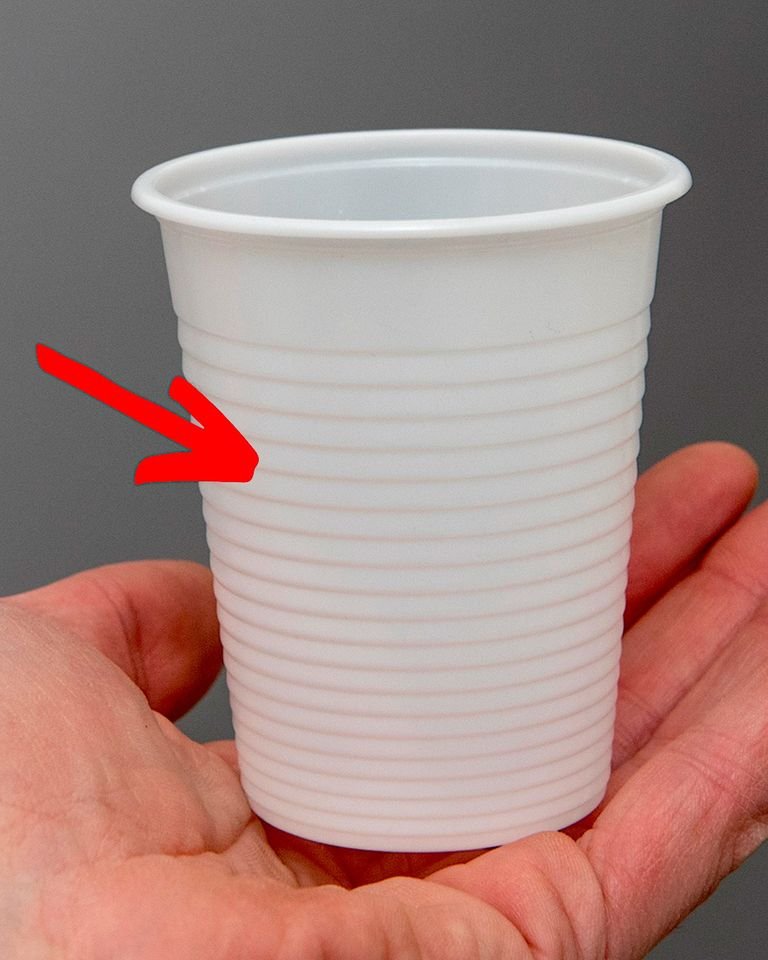ADVERTISEMENT
We tend to think that the lines on the glass are used to give us greater control over our grip but this is just a pleasant “side effect”. The engineers who first worked on the creation of plastic cups did not think about “grip” but about “dosage”.
The circular lines on the glasses are simply used to dose alcoholic and spirits. The first lines, the ones at the bottom, are used for bitters or for smooth spirits, because they correspond to about 30 milliliters; the upper ones for drinks and non-alcoholic drinks because the lines reach a capacity of up to 360 milliliters. So the lines on the glasses are used to guide us to understand the quantity of liquid and, possibly, to make us avoid exaggerating in the consumption of alcohol. Another secret concerns the quantities: these glasses have been “institutionalized” in Anglo-Saxon countries so we must calculate in ounces and not in liters.
READ ALSO
Stop single-use plastic: cutlery, glasses, plates will no longer be placed on the market
significato-linee-cerchi-plastica-bicchieri
An ounce is one of the units of measurement of mass and is equivalent to 28.35 grams (28.3495231 to be precise). Precisely for this reason, glasses have irregular measurements for our standards: when we pour wine into the plastic glass (biodegradable and compostable) we must stop at the second line, or 5 ounces, corresponding to approximately 150 milliliters. The line closest to the edge is 12 ounces and is the indication for the quantity of beer. In Italy, classic white glasses are much more common, with many smaller circles and also in this case the reference is the unit of measurement: half an ounce for each line.
We also remember that plastic glasses can no longer be produced unless they are biodegradable and compostable. Single-use was banned in January 2022 in our country and it was a significant step also because Italy has a close connection with this type of plastic. The inventor of polypropylene, the white material that characterizes plates, glasses, forks, knives and all plastic products designed for food use, was an Italian: Giulio Natta, winner of the Nobel Prize in Chemistry in 1963.
ADVERTISEMENT
